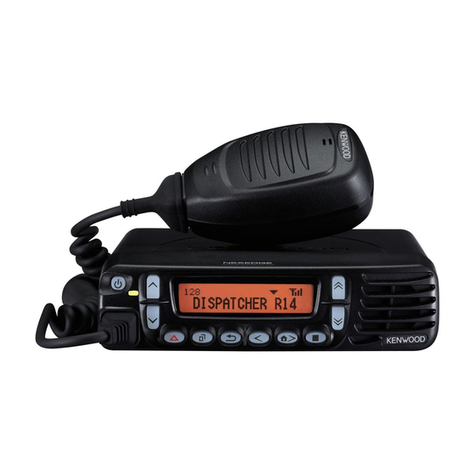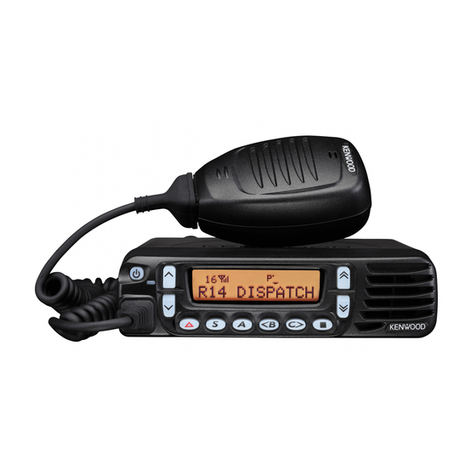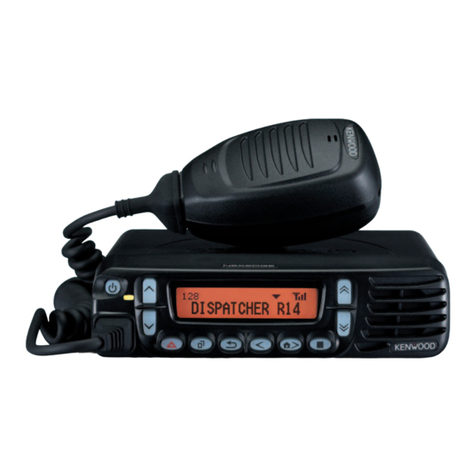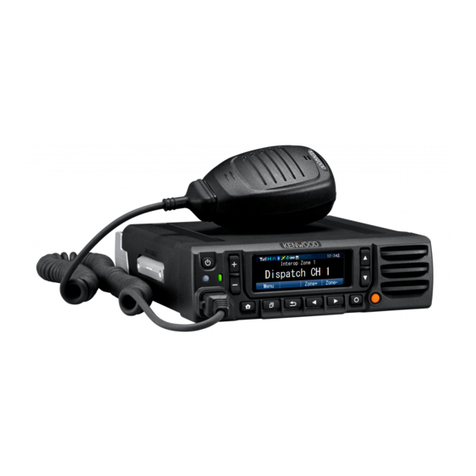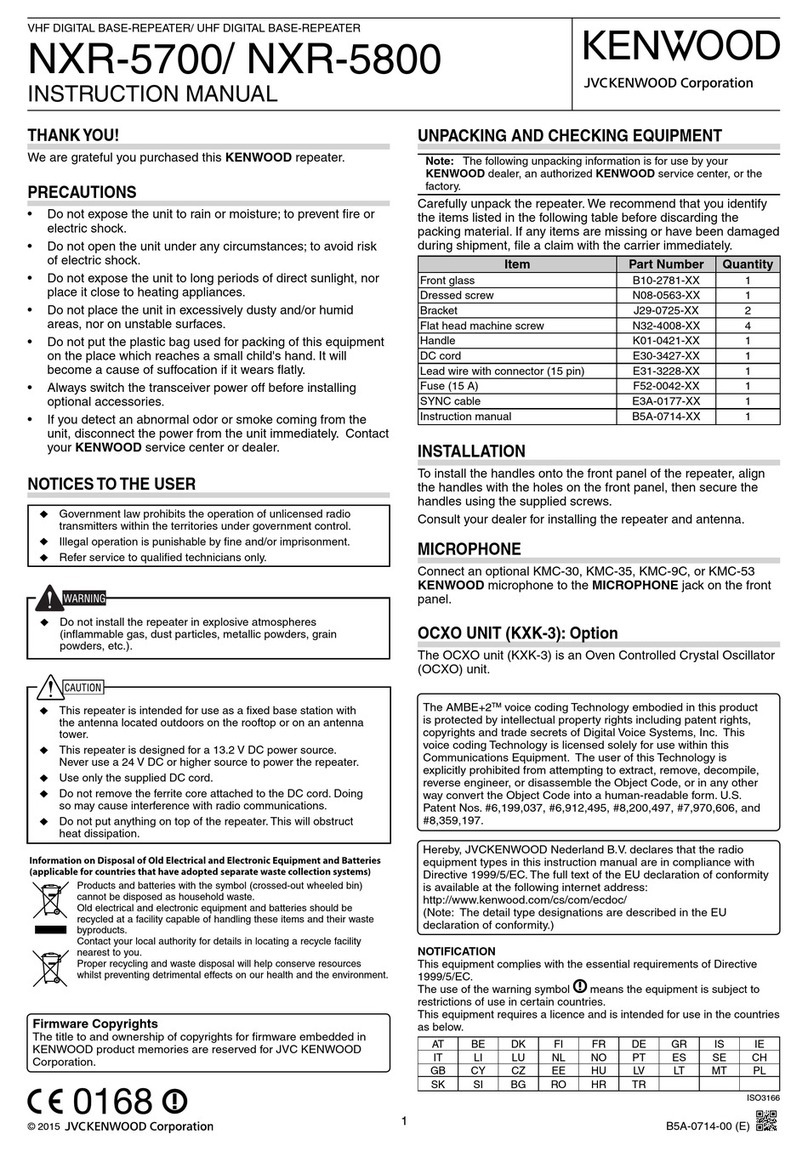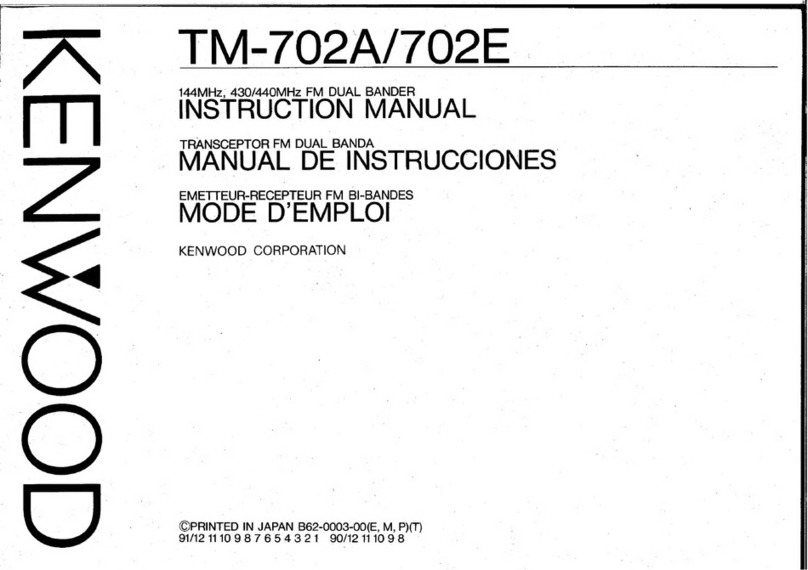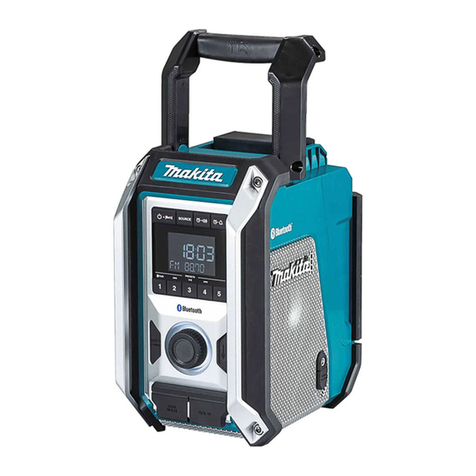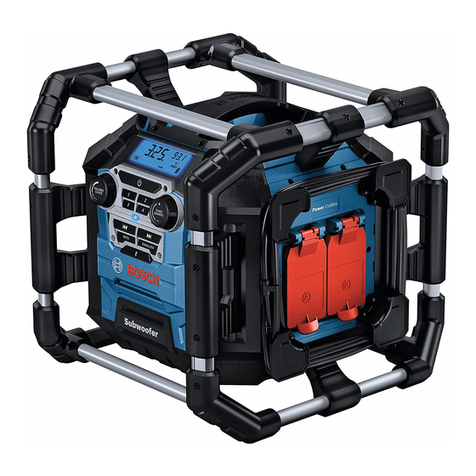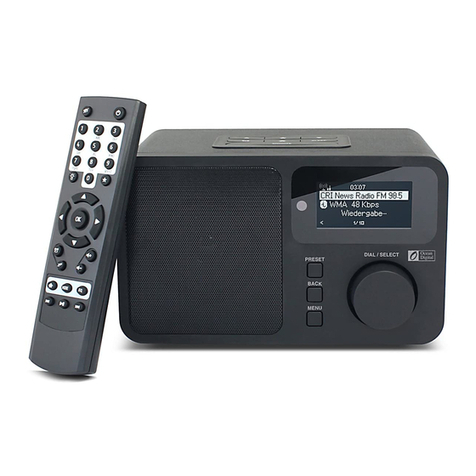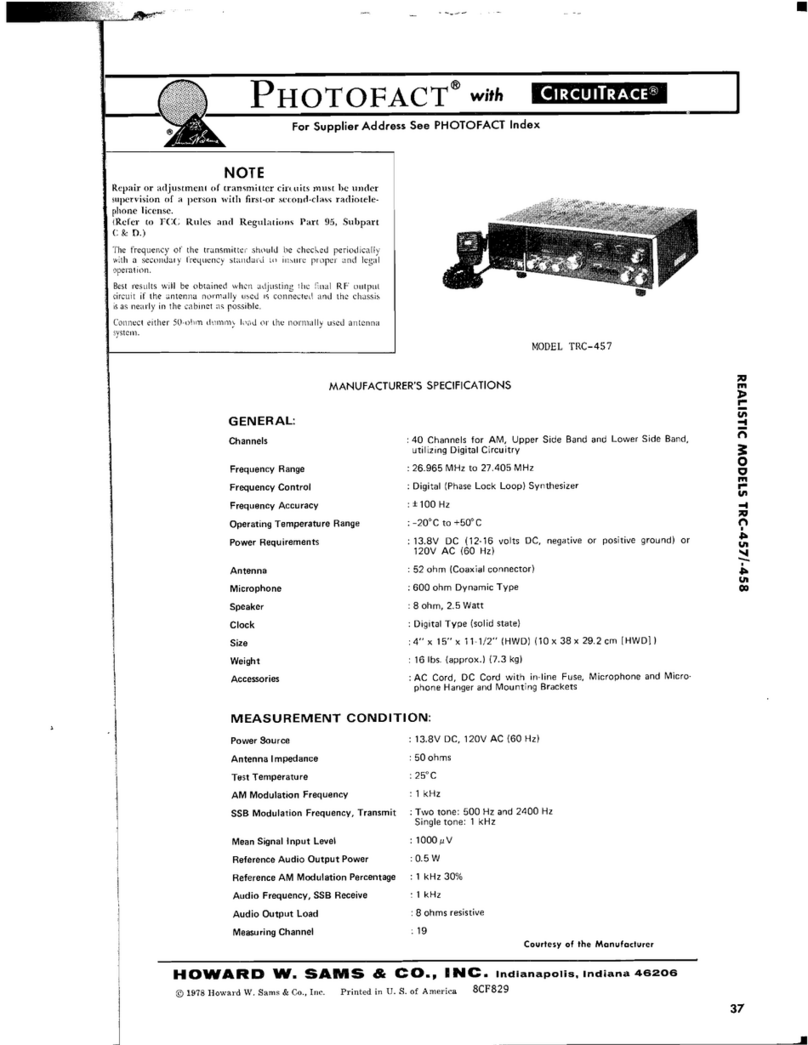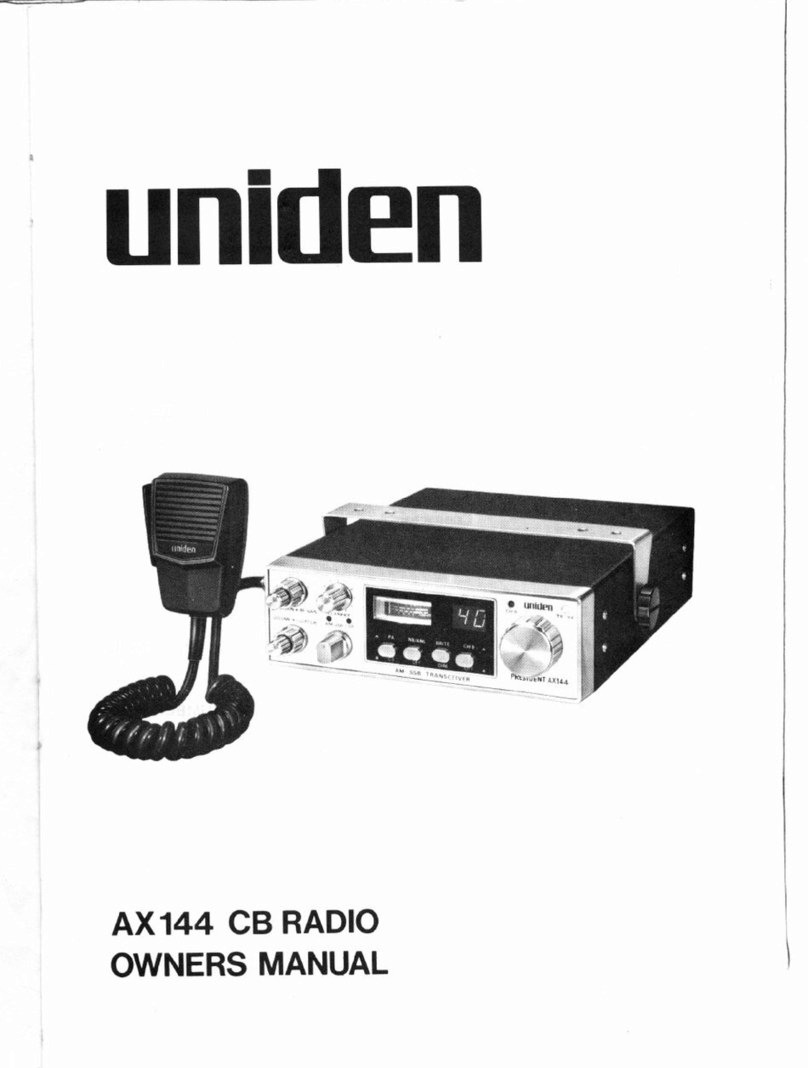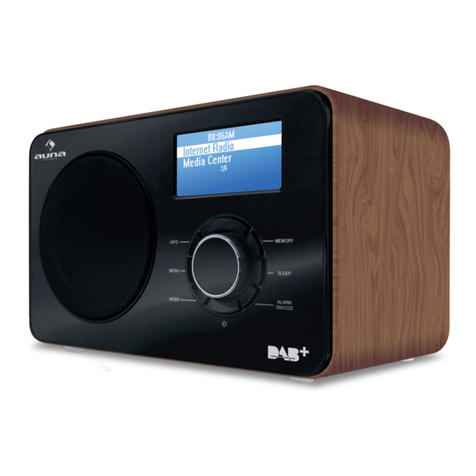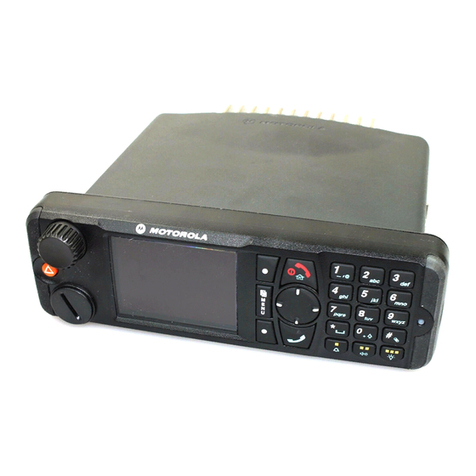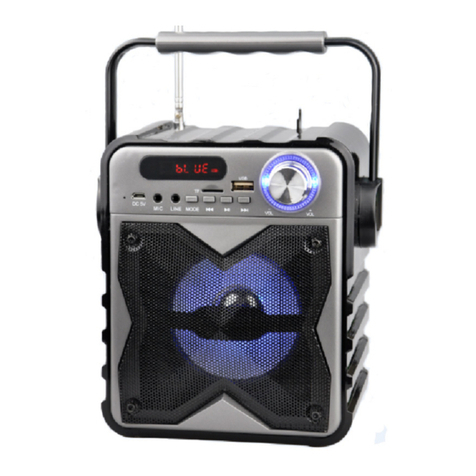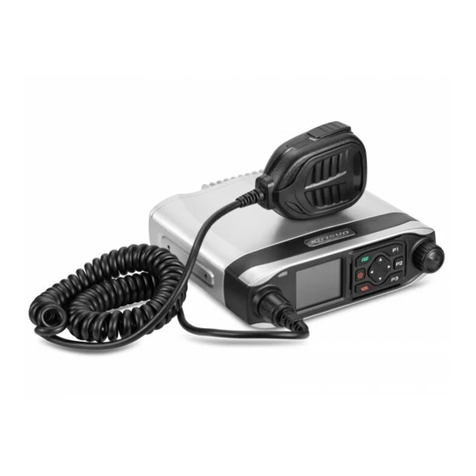
TM-731A/E
|
KENWOOD
SERVICE
MANUAL
©1989-7
PRINTED
IN
JAPAN
B51-8015-00(T)1349
Knob
(K29-3111-04)
x3
Metalt
b
(Top)
:
*
etallic
cabinet
(Top.
wecpnen®”
(A01-1076-02)
Knob
(K29-3111-04)
x3
Panel
ass’y*
(A20-)
Knob
(SQ)
{K29-31
16-04)
Knob
(AF)
(K29-3115-04)
Panel*
Knob
(Main)
(K29-3060-04)
Knob
{K29-3112-04)
x5
Knob
(Up/Down}
Knob
(F)
Knob
(Button)
Metallic
cabinet
(Bottom)
(K29-3114-04)x2
|
(K28-3143-04}
(K27-3026-04)
x
2
(AQ1-1048-02}
Knob
(Sub-Encoder)
Knob
(Button)
Knob
(LOW)
(K29-3145-04)
(K27-3028-04)
(K29-3144-04)
*Refer
to
parts
list
on
page
25.
Photo
is
TM-731A.
CONTENTS
CIRCUIT
DESCRIPTION
..0......ccceeceecseeesteaseesnessteesen
CONTROL
UNIT
(X53-3250-XX)
oes
seceeeeseeseeeeerreees
66
DESCRIPTION
OF
ELEMENTS
__
144
MHz
TX-RX
UNIT
(X57-3400-XX)
veeeseesseersereens
68
PARTS
LIST...
ccscccesesessesssvseesess
w25
430
MHz
TX-RX
UNIT
(XB7-3390-XX)
oo.eeceeeeeeees
70
EXPLODED
VIEW
.000.0...cccssseccessesensereesessesseeseeseesees
FINAL
UNIT
(430
MHz)
(X45-3340-XX)
oes
72
PACKING
.......csccsscessesssesesseeeeeeseseessneesessneeseeseeneenes
FINAL
UNIT
(144
MHz)
(X45-3340-XX)
oe
cseeeseesenne
73
ADJUSTMENT
20.0.0...
ceeccccesseesseeneecsesestesaesesecsnsaneens
53
LEVEL
DIAGRAM
.........scscssssssesseseereeseeeeeseentieeetenss
74
TERMINAL
FUNCTIONS
....0.....cscscccssessseesseesesteesees
60
SCHEMATIC
DIAGRAM..........scssecsessceeeeesesseseeneeteaes
75
PC
BOARD
VIEW/SCHEMATIC
DIAGRAM
BLOCK
DIAGRAM
.0.......ssccsesssssseestsseeneeeeeeeeeeteneonsees
79
144
MHz
PLL
UNIT
(X58-3660-00)
(M,W)
...cececeees
63
TSU-6
(CTCSS
UNIT)...
..ccscscessessescneaeeeenceteeevensense
81
144
MHz
PLL
UNIT
(X58-3670-10)
(K,P)
..scecesceesees
64
SPECIFICATIONS.
........ssccscsseessseseeseesceeeneeees
Back
cover
430
MHz
PLL
UNIT
(X58-3680-00)
oo...
eerste
65

